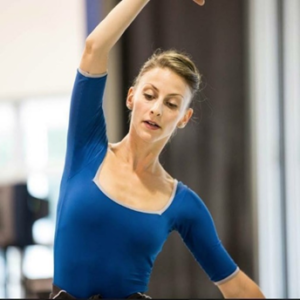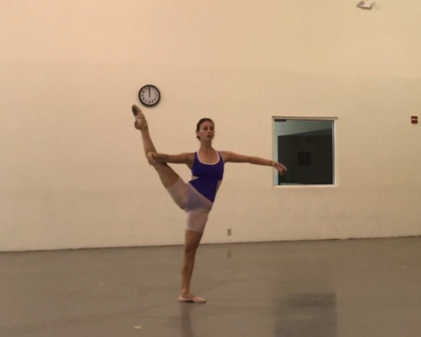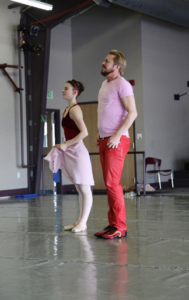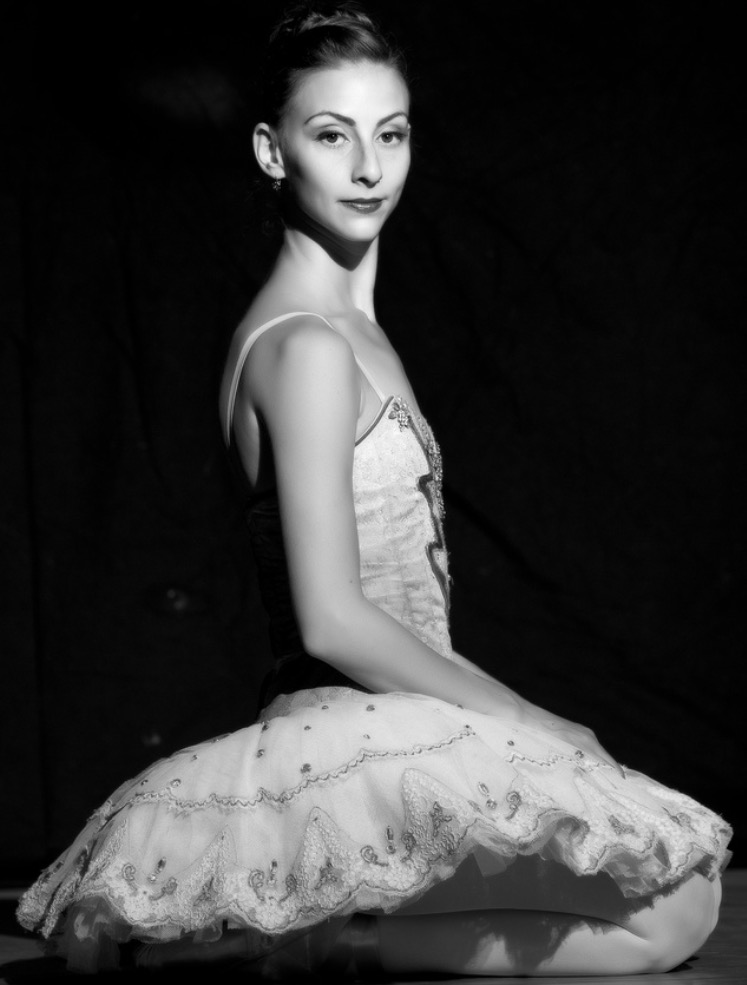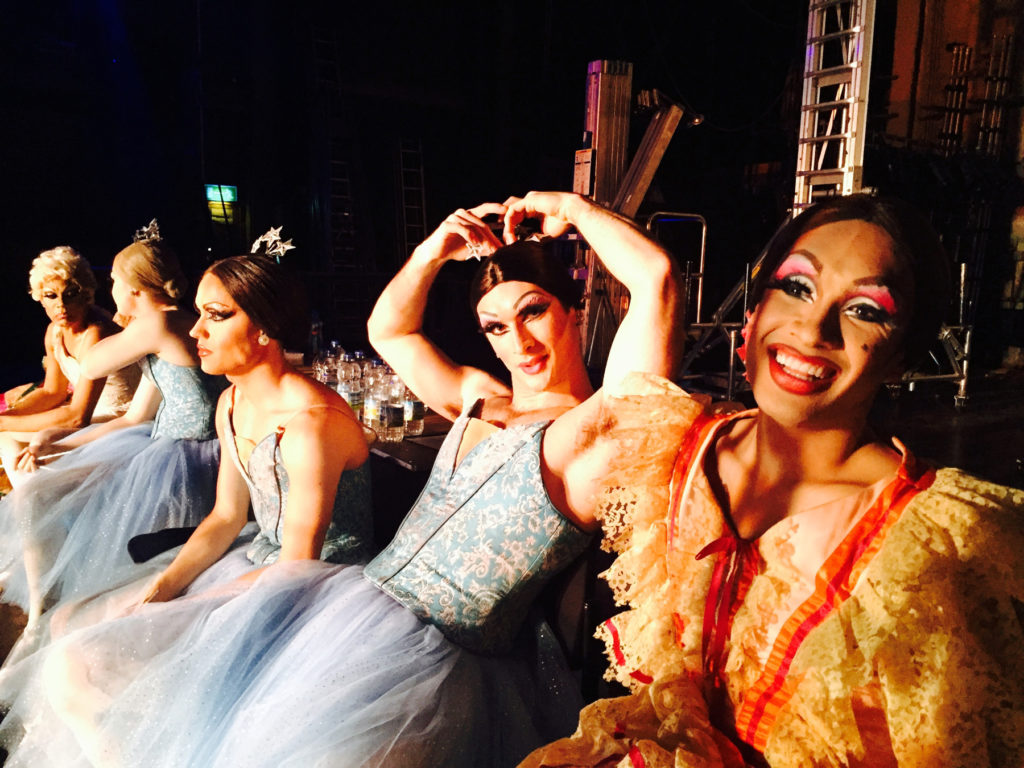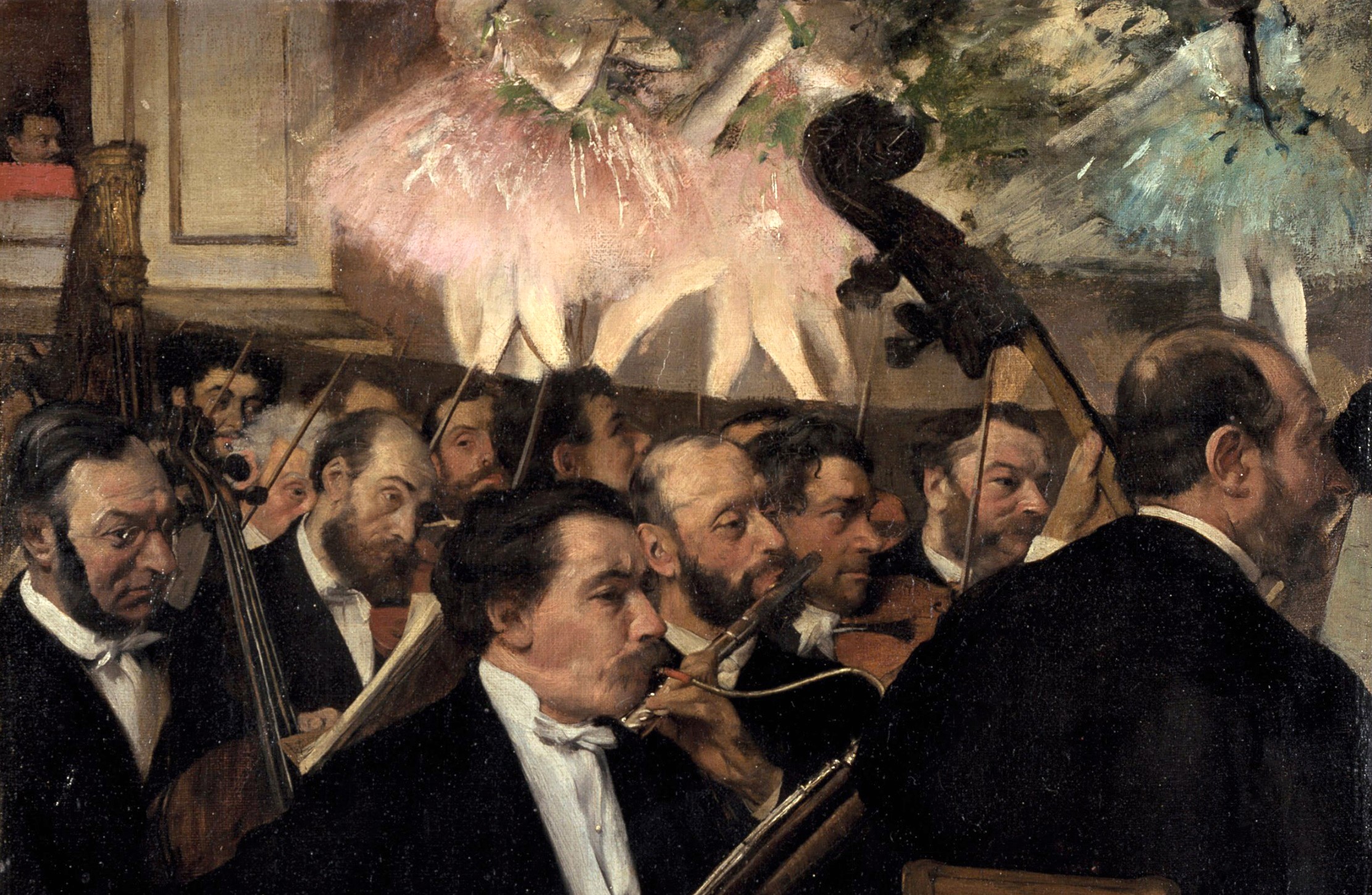
So, you find yourself dancing to live music instead of a recording? Congratulations! That’s special!
But this magical collaboration is not without its challenges.
Here are a few thoughts from conductor Ming Luke, Principal Guest Conductor of San Francisco Ballet that may be helpful…
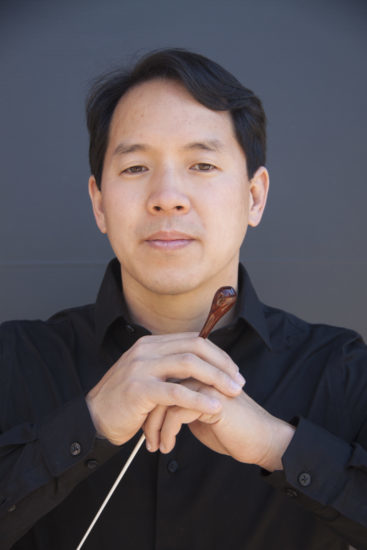
Same Art Form, Different Languages
Luke relates that, in the world of music, there’s a saying that “conducting a ballet is like conducting a concerto” — except the conductor can’t see or hear the soloist.
But though an orchestra and dancers share in the art of music, Luke cautions that terms such as “counts” and “tempo” can have different connotations to dancers and musicians.
So, keeping communication clear and making sure that everyone is on the same page is essential.
The Why
Perhaps the most common issue Luke runs into is not knowing the details behind statements from dancers and artistic staff such as “this tempo is too fast” or “this tempo is too slow.”
He explains that the reason could range from an artistic choice — such as a director or choreographer wanting dancers to sustain a pose a little longer, to a practical one — such dancers not having enough time to get to where they need to be on stage.
Whatever the reason, it always helps the conductor to know more specifics about “the why.”
Luke also mentions to keep in mind that visual factors, such as theatrical special effects (Nutcracker snow scene!), costumes, etc. especially during the first theater rehearsals, can sometimes alter perceptions of music’s speed.
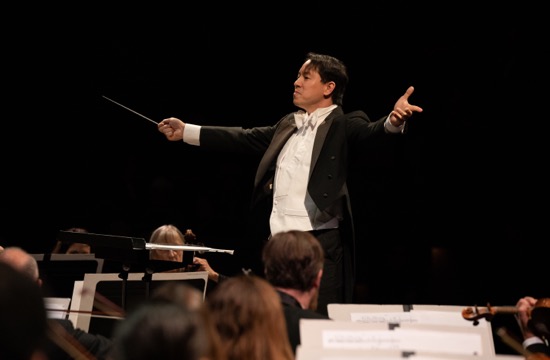
Living Art
Luke says to remember that, just as dancers don’t give the exact same performance every time they are onstage, musicians too are performers and their performances won’t be exactly the same every time.
“Musicians are not robots, they are humans and their performances will vary slightly by show,” he says. “Music has flexibility, life, and breath.”






